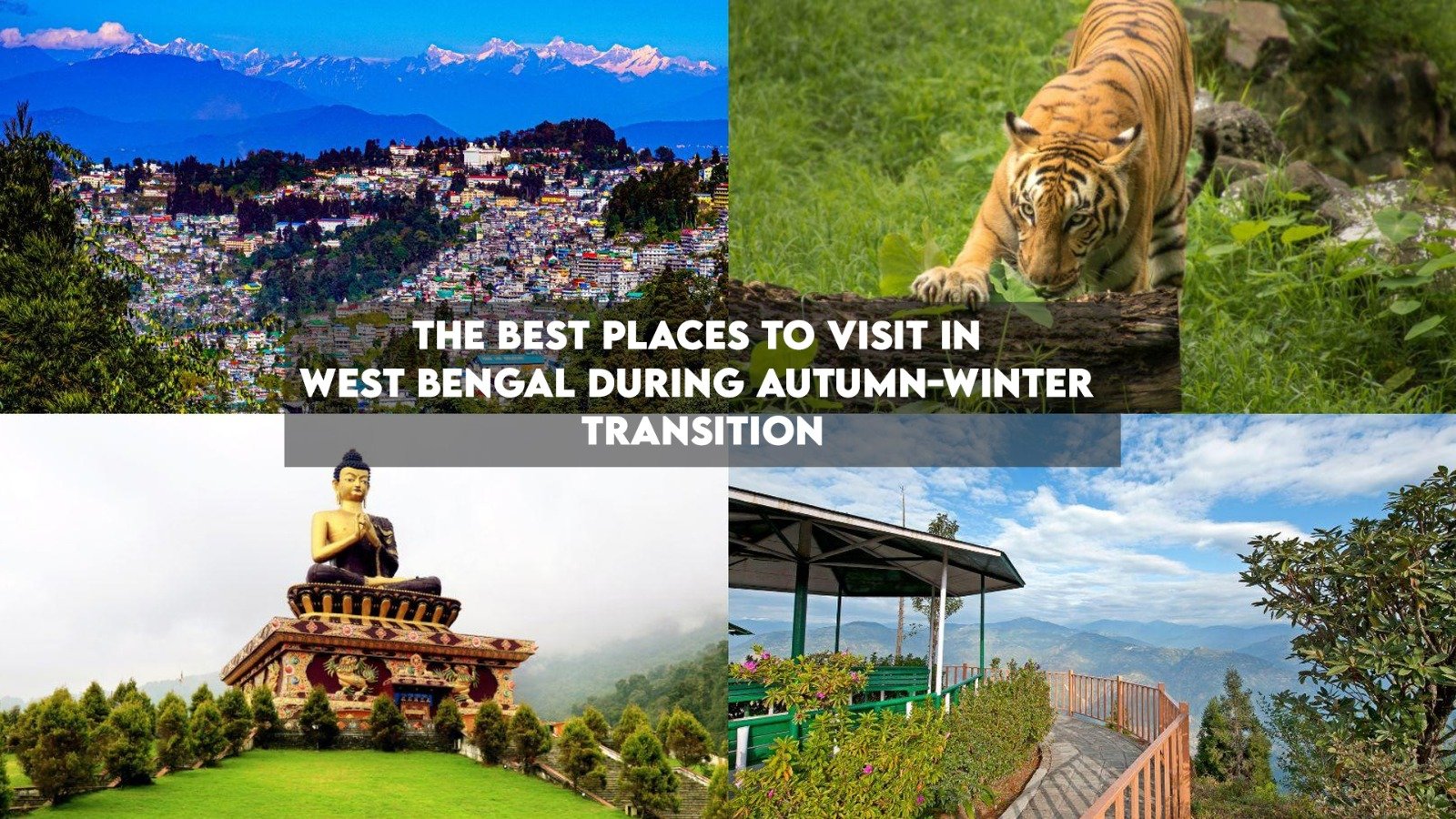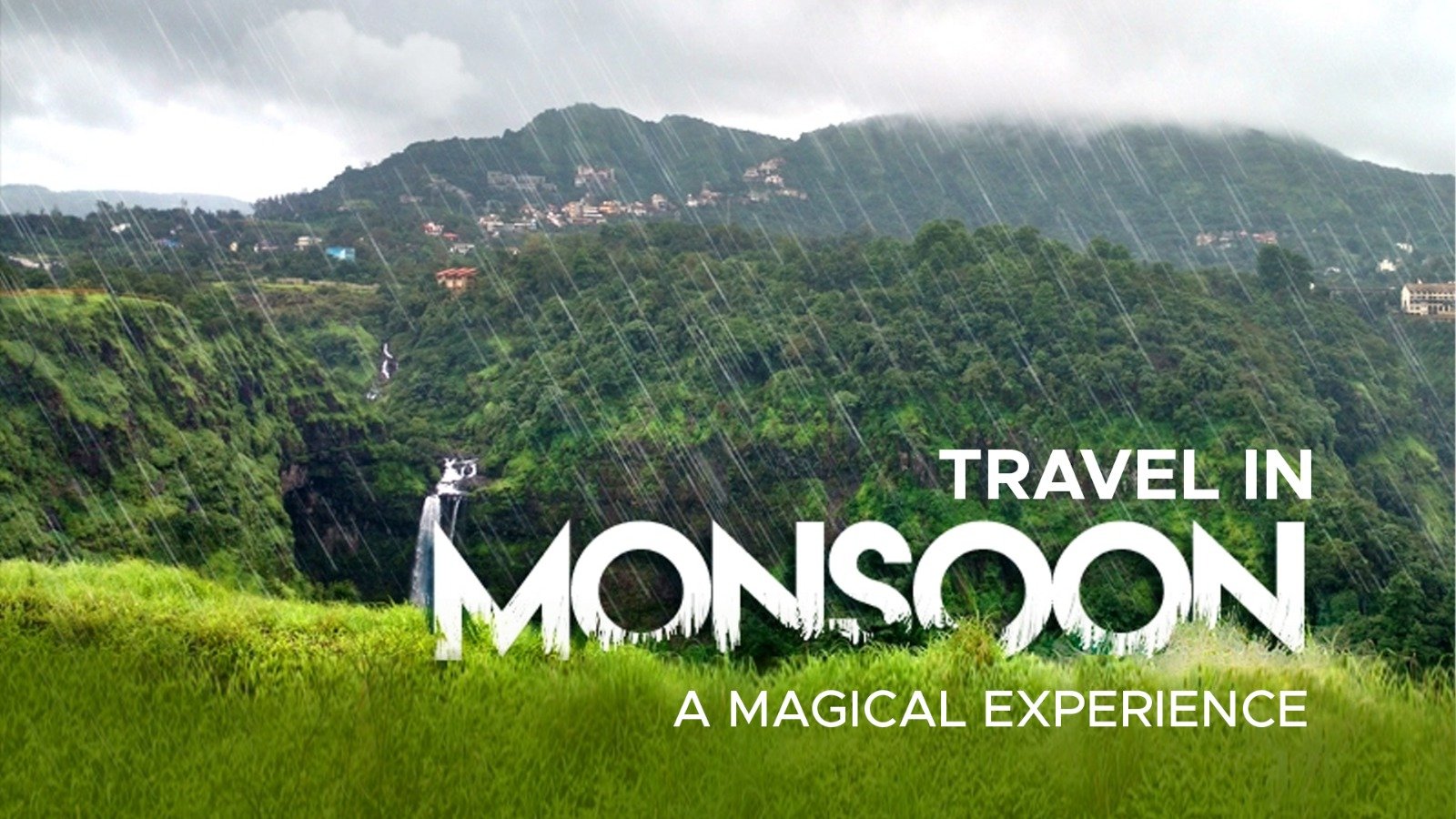We know Orissa means the sea. But today we are not writing about it, today we are writing about a place near it, Keonjhar. A city full of natural beauty.The name is also wonderful.There is a small environment full of natural beauty of jungle hills and springs. The Keonjhar District emerged as one of the districts on 1st January, 1948. The District is bounded by Mayurbhanj District and Bhadrak District to the east, Jajpur District to the south, Dhenkanal District and Sundargarh District to the west and West Singhbhum district of Jharkhand State to the north. Covering a geographical area of 8303 sq kms, the Keonjhar District lies between 210 1’ N to 220 10’ N latitude and 850 11’ E to 860 22’ E longitude.Maa Tarini temple in Keonjhar that resembles Jagannath temple of Puri has added spiritual fervour and zing to the entire State. Nestled at Ghatgaon at a distance of 45 kms from the town, the shrine is a must-see for the stream of tourists. According to legend, Maa Tarini showers her bountiful grace and mercy upon all devotees.Bada Ghagara waterfalls adjacent to the city is located amidst a sylvan backdrop. It offers a scintillating charm with misty ambience. The next one is sanghagra watfalls with nature camp. It is also an exotic tourist attraction especially during monsoon. The cascading music emanating from Gundichaghaghi waterfalls and the grandeur of its entire surroundings instantly transeport the visitors into a surreal territory.Sita vinji fresco painting and rock inscription is a beautiful monolith which has a mythological background. The site has been preserved by ASI.The famous Gonasika temple circled by green vallyes and steep hills is the center of pilgrimage for Brahmaswara Mahadeba. The temple sits on the banks of Maa Baitarani river. Two different stream of water Maa Baitarani and Gupta ganga constantly flowing out of the two nostrils of Hindu Gomata could be seen here. The entire patch of land is the home of primitive Juang tribe.To sum up, the take aways of keonjhar tour will remain etched in my memory forever. The whole District of Keonjhar was a princely state before its merger with Odisha. From the history it reveals that a part of the old Khijjinga territory with headquarters at Khijjinga Kota, identified with modern Khiching. It became a separate state with Jyoti Bhanja as its ruling chief sometime during the first half of the 12th century A.D. The then State of Keonjhar comprised only the northern half of the modern District for a long time prior to the installation of Jyoti Bhanja as King. During the latter part of the 15th century the southern half of the District was occupied by King Govinda Bhanja under whose rule Keonjhar was extended from Singhbhum in the north to Sukinda in the South and from Mayurbhanj in the East to the borders of the States of Bonai, Pallahara and Angul in the West. During the rule of Pratap Balabhadra Bhanja (1764–1792 A.D.) two small areas of Tillo and Jujhpada were purchased from the Zamindar of Kantajhari and were added to the District. These were recognised as parts of Keonjhar in the Sanad granted by the East India Company to Raja Janardan Bhanj in 1804. Since then there had been no territorial changes of the District till its merger with the Province of Odisha. But after merger largely for the reasons of administrative expediency the areas of Tillo (7.51 sq.km) and Jujhpada (9.06sq.km.) were transferred to the Districts of Balasore and Cuttack respectively, while a number of villages called Ambo group (14.84 The climate of Keonjhar District is characterised by an oppressively hot summer with high humidity. Summer generally commences in the month of March. Temperature begins to rise rapidly, attaining the maximum in the month of May. During the summer, maximum temperature touches around 380 C. The weather becomes more pleasant with the advent of the monsoon in June and remains as such up to the end of October. The temperature in the month of December is lowest i.e. it hovers at around 110 C. Sometimes it even drops down to as low as 70C. The average annual rainfall is around 1534.5 mms. Keonjhar is one of the major mineral producing Districts of Odisha. Iron ore, Manganese ore, Chromate, Quartzite, Bauxite, Gold, Pyrophyllite and LimeStone are the major minerals found in this District. The Kalinga Iron Works (Barbil), Ferro Manganese Plant (Joda), Ipitata (Bileipada), Charge Chrome (Brahmanipal) are the major names in the industrial scene of Keonjhar. There are also engineering and metal based industries (53 numbers), chemical and allied industries including plastic industries (48 numbers) and agro and marine based industries (242 numbers) functioning in this District. The major crops grown in the Keonjhar District are Paddy, Maize, Til, Niger, Arhar etc. Keonjhar District celebrates many festivals round the year. Sarhul, Sohrai, Karmapuja, Bodam, Chaitra Parab, Makar Sankranti, Nuakhai, Raja Parab, Burani Jatra, Ratha Jatra, Shivaratri are the famous festivals celebrated in the District. The other local festivals celebrated in the District are Ram Navami, Dussehra, Dola Yatra, Rasha Purnima, Bada Osha and Chandan Jatra etc.
Keonjhar
Sarmistha Ray
||
Post On > Aug 2 2023 ||


The Best Places to Visit in West Bengal During Autumn-Winter Transition
2025-10-08 10:55:53

Durga Puja: A Celebration of Culture, Devotion, and Togetherness
2025-08-28 14:45:06

Recitation Was Once Considered a Competitive Sport in Ancient Greece
2025-08-13 13:11:14

Recitation Across Cultures: A Global Perspective
2025-08-06 14:50:44

The Power of the Spoken Word: Techniques and Traditions in Recitation
2025-07-30 13:51:52

Travel in Monsoon: A Magical Experience
2025-07-02 15:03:12